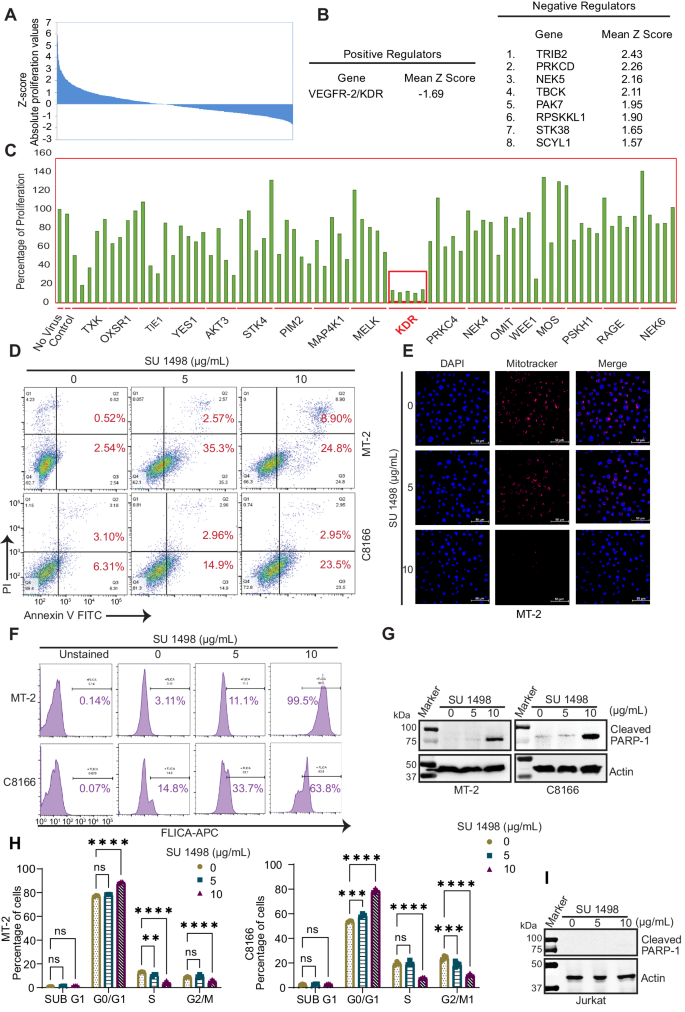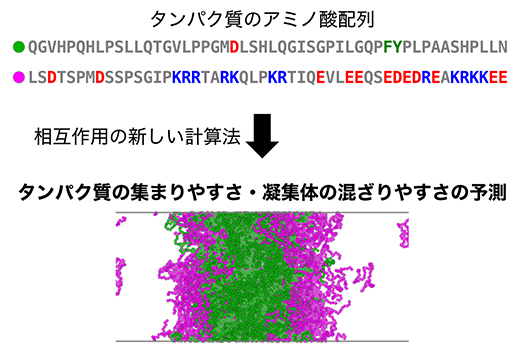2024-07-22 ノースカロライナ州立大学(NCState)
<関連情報>
- https://news.ncsu.edu/2024/07/nanoscopic-imaging-aids-in-understanding-protein-tissue-preservation-in-ancient-bones/
- https://www.cell.com/iscience/fulltext/S2589-0042%2824%2901763-2
古代のタンパク質と血管系のナノスコピック・イメージングにより、軟組織と生体分子の化石化に関する知見が得られる Nanoscopic imaging of ancient protein and vasculature offers insight into soft tissue and biomolecule fossilization
Landon A. Anderson
iScience Published:July 19, 2024
DOI:https://doi.org/10.1016/j.isci.2024.110538
Graphical abstract

Highlights
- First extensive nanoscopic, 3-D imaging of ancient collagen protein and vasculature
- Imaged permafrost bones are subfossils preserving an underlying collagen framework
- Fine-scale soft tissue diagenesis can be directly imaged across the geologic record
- Nanoscopic approach is a potential proxy for ancient DNA/protein sequence recovery
Abstract
Fossil bones have been studied by paleontologists for centuries. Despite this, empirical knowledge regarding the progression of biomolecular (soft) tissue diagenesis within ancient bone is limited; this is particularly the case for specimens spanning Pleistocene directly into pre-Ice Age strata. A nanoscopic approach is reported herein that facilitates direct imaging, and thus empirical observation, of soft tissue preservation state. Presented data include the first extensive nanoscopic (up to 150,000x magnification), 3-D images of ancient bone protein and vasculature; chemical signals consistent with collagen protein and membrane lipids, respectively, are also localized to these structures. These findings support the analyzed permafrost bones are not fully fossilized but rather represent subfossil bone tissue as they preserve an underlying collagen framework. Extension of these methods to specimens spanning the geologic record will help reveal changes biomolecular tissues undergo during fossilization and is a potential proxy approach for screening specimen suitability for molecular sequencing.


